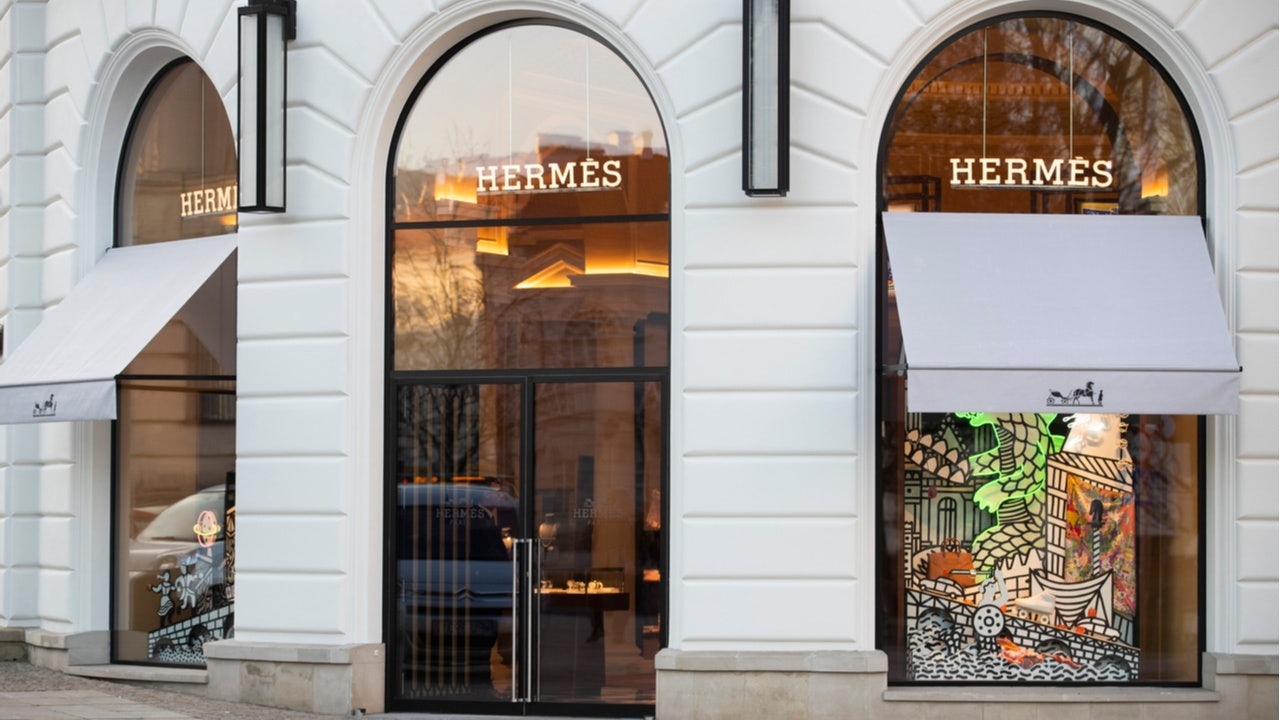According to the Savigny Luxury Index (SLI), the luxury sector just had one of its worst quarters on record. Global luxury conglomerates and international brands like LVMH, Kering, Hermès, Prada, and Ferragamo registered double-digit sales declines with their latest results, and the median decline for the second quarter reached between 40 and 50 percent, according to both Business of Fashion and SLI.
But despite the turmoil, there’s a silver lining: double-digit sales growth in China. The repatriation of China’s luxury spending isn’t a recent development, but the stay-at-home economy, lockdowns, and the ongoing travel restrictions helped to accelerate it.
According to Bain & Company, Chinese consumers made 27 percent of their luxury purchases in China in 2018, up from 23 percent in 2015. That means almost three-quarters of luxury purchases were made overseas before the pandemic. Moreover, China was the largest source of international students prior to COVID-19 with 608,400 (16 times more than in 2000) and tourists with 150 million trips taken (14 times more than in 2000) during 2018, according to the McKinsey Global Institute.
But now the pandemic has closed borders and tarnished the allure of studying abroad. Therefore, it’s understandable that retailers and analysts might fear for the luxury sector without Chinese spending. The Savigny Luxury Index (SLI) highlights that even brands who boosted online sales volumes and energized their multichannel marketing strategies still registered notable financial losses. Kering, for example, increased its e-commerce sales by 72 percent during the second quarter, but that figure only accounted for 18 percent of the company’s retail sales.
EU vs US: Which Western luxury market will bounce back faster?
Historically, established markets in the US and Western Europe have been more resilient. However, their responses to the pandemic have “tarnished the aura of the Western brand,” said Stephen M. Walt, the Robert and Renée Belfer professor of international relations at Harvard University to the Foreign Policy.
Indeed, the COVID-19 pandemic has altered many views on the West. However, that doesn’t mean that all Western luxury markets will bounce back at the same speed. Most luxury brands will be ravaged by the crisis, but some have competitive advantages at their disposal. For example, the continuous appetite for European luxury goods will help the EU market to achieve a faster recovery — and even consistent growth — in the foreseeable future.
On the other hand, American designer brands have to overcome plenty of issues in the age of Anti-Americanism. The adversarial relationship between the US and China and the current administration’s anti-China rhetoric have only exacerbated Chinese indignation and nationalism. As competition for global economic hegemony speeds up and America’s power unravels, it’s been assumed that the American brand will be collateral damage. That was expected, since, even before the US-China conflict, US luxury brands lagged behind their European counterparts.
Loosened quarantine restrictions in the EU have also worked in Europe’s favor. Fox News reports that China and the EU are negotiating to lift travel restrictions. According to the Council of the European Union, the agreement is “subject to confirmation of reciprocity.” Meanwhile, we anticipate that the Trump administration will push to extend the travel ban against Chinese citizens, limiting their access to the US. Furthermore, the US and EU are at different stages of the pandemic, and their responses have pushed them even further apart. The errors made in the US during the early stages of the e virus have created two different COVID-19 trajectories.
For example, data from Johns Hopkins University highlights that the EU kept new infections at a low level for two solid months, but then its numbers began to rise again slightly after it reopened borders. As such, the EU is facing a second wave of infections while the US is still in its first wave. That illustrates how Washington was unable to find the right policy to flatten the country’s curve.
If we compare the US to Europe, we see that, despite a slight hike in European cases, the Old Continent is still doing far better than its counterpart. According to Newsweek and data compiled by the WHO, “Europe has a population of over 916 million across the 53 countries that fall within WHO's Europe region. Despite having a population nearly three times larger than that of the US (over 322 million), the European region reported lower weekly case counts than the US [between July 13 and August 9]." Also, weekly totals for new cases in Europe fell between 155,400 and 173,000, while the US reported around between 374,000 and 465,500 new infections per week.
The US reportedly has 15,105 confirmed cases per one million people. That’s more than three times the 3,860 confirmed cases per million recorded in Europe, according to Newsweek. Because of how hard the US was hit by COVID-19, tourists will likely avoid vacations in the States — even if borders do finally open. That means America risks losing its entire 2020 shopping season. Since the Christmas season remains one of the busiest periods for international travel, missing out on the opportunity to welcome tourists might have a disastrous outcome for the American retail industry.

